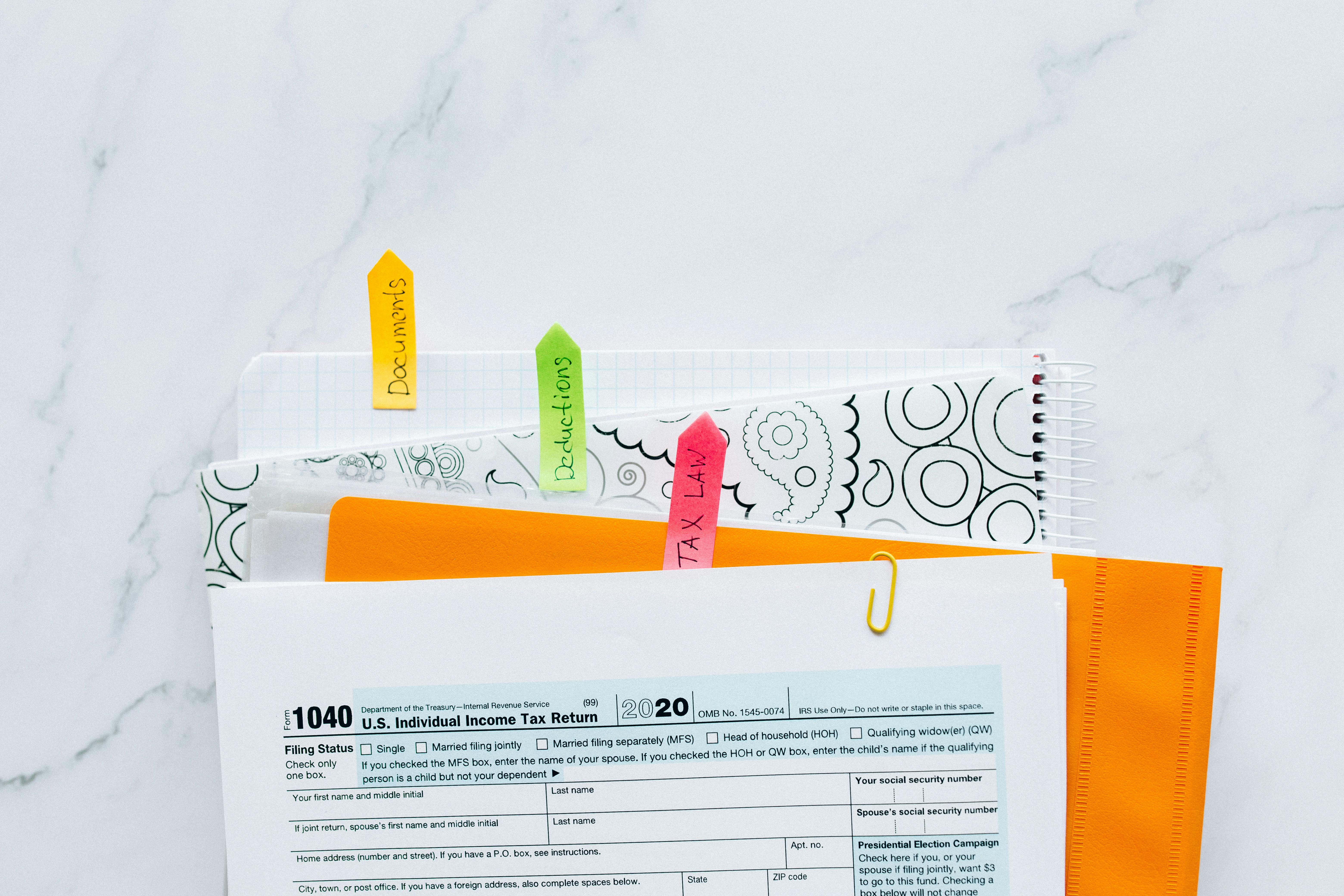In this article, we will take a look at the complicated aspect of marketing strategy when applying for a patent.
Obtaining a patent is a complicated process under normal circumstances. Under United States law, a company or person is entitled to a patent unless the invention had been for sale in the country for more than a year prior to the patent application date. This applies to both sales and sales offers. Therefore, companies conducting marketing campaigns must be careful not to destroy their patent rights. In a perfect world, the patent application must be filed before any sale begins. But that would hurt the company’s bottom line because it ultimately puts earnings on hold. In a competitive market, this could spell disaster for the company.
Therefore, it is important for a business to understand what makes the one-year clock tick. In other words, what can they do and what can’t they do to prevent their product from being put on the timer?
To answer that question we have to understand what exactly, according to the law, sets the clock in motion. There are basically two conditions. The first is that the invention must be ready to be patented at the time of sale. If it can be shown that the inventor had enough drawings that would allow someone else to use the invention, then this would meet the first criterion.
The second criterion is that there has actually been an offer to sell. In other words, the inventor or the company that owns the invention approaches another company and offers to sell the invention. This can be in the form of a letter to the other company or in an actual physical meeting between the two companies. The meeting usually follows a letter.
In the form of a letter, the owner of the invention usually writes a letter in which he declares that he has this or that invention and goes on to say that he believes that this is something that would improve his business. In the letter they would describe what the invention does and how it would help them. They would then ask the other company to contact them if they were interested.
When it comes to the meeting, the inventor will bring drawings of his invention and present them to the company interested in acquiring the invention. Perhaps the inventor even has a working prototype that he can show you. This is always an advantage. In fact, companies like to see that the invention they are interested in works.
Where the law comes in, and this is where inventors can turn the clock back, is that the following items do not fall within the two criteria. Request for information on customer prices to distributors and sales representatives; publication of preliminary data sheets and promotional information on characteristics of the invention; communications to sales representatives; sales representatives who provide customers with preliminary data sheets; and requests from sales representatives for customer samples.
Therefore, an inventor can participate in any of the above activities and NOT start the one-year clock. This allows the inventor to do as much groundwork for his patent without actually “technically” initiating the process.
This is important information for any inventor to have if you are trying to gain as much ground as possible in your search for a patent.




